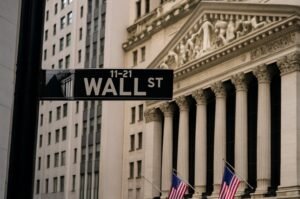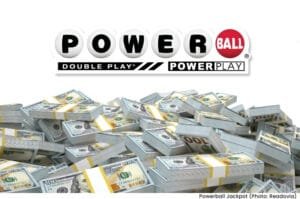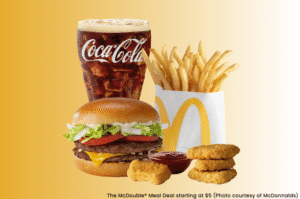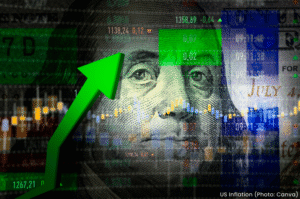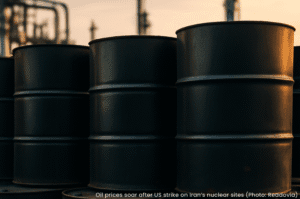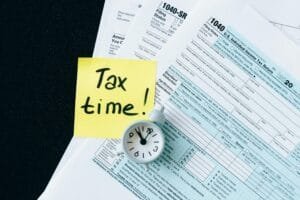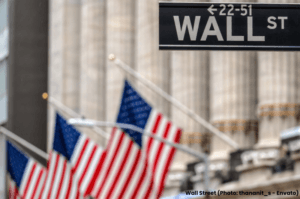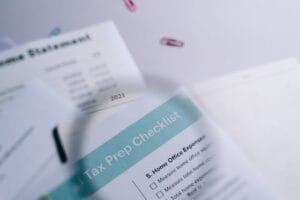The economy may be growing on paper, but most Americans still feel like they’re falling behind. Inflation has slowed from its pandemic-era peak, but everyday prices remain stubbornly high — and that’s reshaping how people spend, save, and survive.
Recent government reports show inflation easing slightly, with annual consumer price increases now hovering just above 3%. But after years of rising costs, many Americans aren’t seeing meaningful relief. Grocery bills, rent, insurance premiums, and utilities are still significantly higher than they were just a few years ago — and wages haven’t kept up.
The Cost of “Normal” Is Now Higher
Even with inflation technically cooling, the price of “normal life” has reset. Milk, gas, and car insurance are all still well above pre-2020 prices. A growing number of households are cutting back on spending, dipping into savings, or relying on credit to keep up.
Many economists say we’re in a “vibecession” — where hard data shows growth, but consumer sentiment remains negative. For working-class and middle-income Americans, it’s not just about inflation slowing down; it’s about the fact that things never got cheaper.
So, When Will It Feel Like a Recovery?
That’s the trillion-dollar question. Until core necessities become more affordable — or wages rise enough to offset higher costs — the disconnect between macroeconomic headlines and kitchen-table reality will likely continue. For now, the recovery is real, but it’s also uneven — and for many, it doesn’t feel like one at all.
The Author

Aiden West
Staff Writer, Readovia








